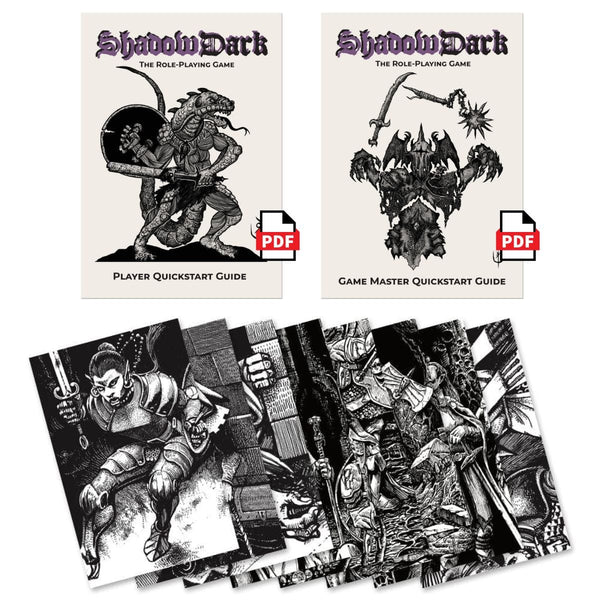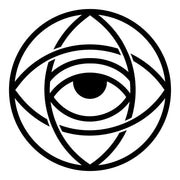... Of course you may like some things I have outlined. Be honest though do you want to be a player or run this stuff?
If I had the choice w/o present constraints, I'd probably play or run a niche OSR-ish game/setting.
(2E has its space in my beating heart).
Zards Specific Thughts on Mechanics. After playing 5E, TSR and OSR
1. AscendingAC is just better. Alot f OSR games have reached this conclusion.
2. Players like moving parts. I'll go with feats but there's 2 ways of doing them. Kits and archetypes also count. They increase complexity however. Archetypes may be a mistake however.
3. Conceptually 5E has a good engine and basic monster building guide. Eg small creatures have d6HD, medium d8. Large d10. Bucket of hp and low AC maybe not...
...7. Monsters need to be scary again. Energy drain could do exhaustion levels for example.
8. Most spells aren't broken. One could dump concentration but you would need to overhaul them.
9. Magic resistance needs to return. If spells cant fail monsters need to be able to shrug them off. Combine with good saves. Mindflayers shrugging off spells 90% of the time (19+ on d20 roll) changes things...
...11. S and D tier spells need to go bye bye or be reworked. One could do worse than a curated 2E or 3E spell list with the elimination of the problem spells. Magic Missile and Fireball weren't broken.
1) If the game uses AC, yes, I lean towards ascending.
2) I've been taken by GLOG style classes, but also admire the kits one finds in Cairn as well.
3) d20 + Adv. & Disadv. is the big one for me.
7) One way besides changing creature abilities would be to change how monsters are written and presented to the DM. How might you portray a lich or a member of the Seelie Court for example; they have wholly different motivations, and will say or do different frightening things to obtain them.
8) The feeling I sense contributing to this, is that players who're familiar with how magic/spell casting is handled in D&D, are tired of it.
9) This ties into (8) to a degree; less often spell casting means less need for gobs of magic resistance (tm).
11) Also tied to (8); here I'd advocate transforming "bad" spells into mundane knacks to help fill out the moving parts quota desired by players, w/o becoming too complicated.


